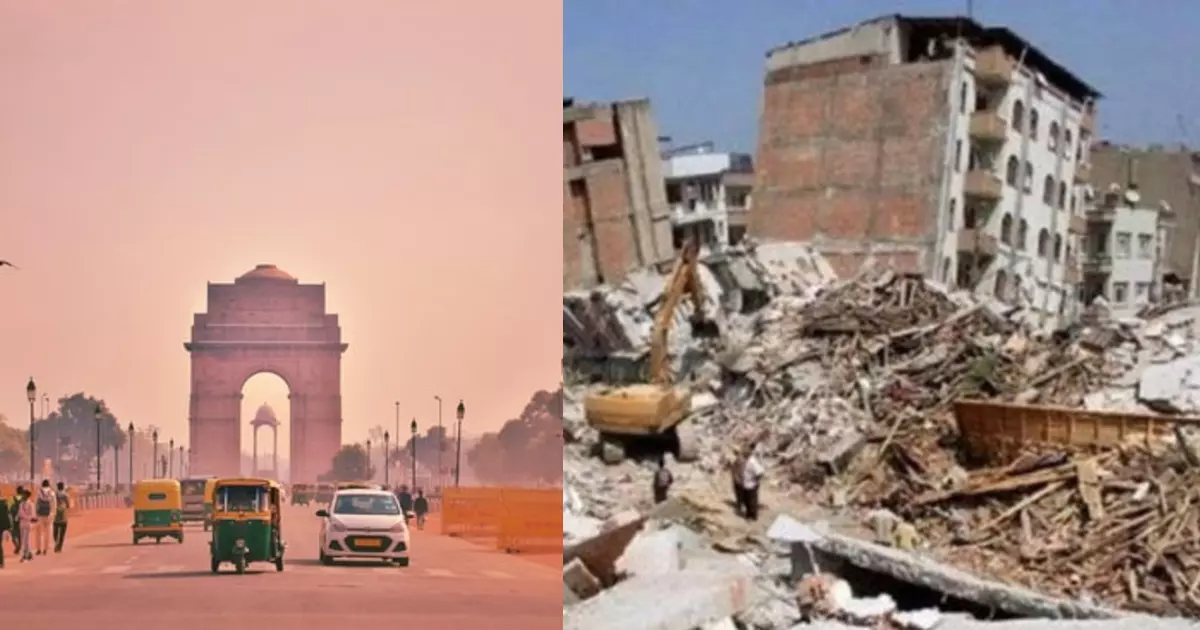Delhi, Gurugram, Noida, and Ghaziabad experience frequent earthquakes due to the region’s location near active seismic zones. These cities lie on the boundary of the Indo-Gangetic plains, an area that experiences natural seismic activity due to the tectonic movements of the Indian Plate. This area is prone to minor tremors, even though large earthquakes are rare.
One of the main reasons behind the seismic activity in these cities is the proximity to the Himalayan region, where the Indian Plate collides with the Eurasian Plate. This collision generates significant tectonic stress that is transferred through the crust, affecting areas in and around Delhi-NCR. As a result, smaller earthquakes are common, although they usually do not cause major damage.
The region also has several fault lines, including the Delhi-Hardwar and the Sohna faults, which further contribute to the seismic activity. These faults are not as active as those in earthquake-prone zones like the Himalayas, but they can still trigger tremors due to the accumulated pressure along these geological faults.
Urbanization in these areas has exacerbated the effects of earthquakes, as tall buildings and densely populated regions are more vulnerable to the shaking ground. However, modern infrastructure and preparedness have reduced the impact of smaller tremors, ensuring the safety of the residents in most cases despite the region’s frequent seismic activity.
FOLLOW:https://newsroom47.com/shocking-video-husky-turns-aggressive-attacks-man/
Newsroom 47

Very good and informative news..
Thank you soo much for your Feedback